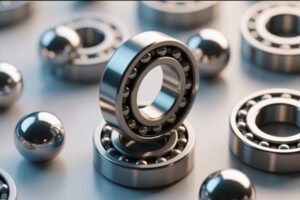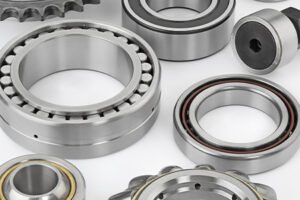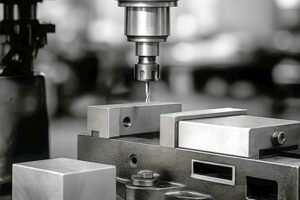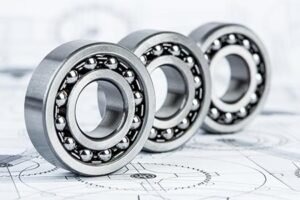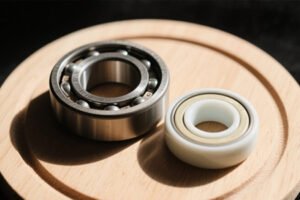In the rapidly evolving world of industrial machinery, bearings play a pivotal role in ensuring smooth operation, efficiency, and longevity of equipment. As industries move towards higher precision, greater speeds, and more challenging operating environments, bearing technology is undergoing significant transformation. This article examines the key developments shaping bearing technology today, the challenges manufacturers face, and the innovations paving the way for future applications.
Understanding Bearings: The Backbone of Mechanical Systems
Bearings are mechanical components that enable rotational or linear movement, reducing friction between moving parts. They are fundamental to almost every piece of machinery—from automotive engines and wind turbines to robotics and aerospace equipment. The performance of a bearing directly impacts the reliability and efficiency of the entire system.
Traditionally, bearings have been manufactured from steel, prized for its strength and durability. However, evolving industrial requirements have driven the exploration of new materials, designs, and manufacturing processes.
Materials Innovation: Beyond Conventional Steel
Modern bearing materials are not limited to traditional steels. Several new materials have revolutionized bearing performance:
Ceramic Bearings
Ceramic bearings, made from silicon nitride or zirconia, provide exceptional hardness, low weight, and excellent resistance to heat and corrosion. These bearings are increasingly popular in high-speed applications such as aerospace turbines and precision instrumentation, where their low friction and electrical insulation properties are invaluable.
Hybrid Bearings
Hybrid bearings combine ceramic rolling elements with steel races, offering a balance between durability and performance. They deliver lower friction and higher speed capabilities than all-steel bearings while maintaining cost efficiency.
Advanced Steel Alloys and Coatings
Recent advancements in steel alloy composition and surface treatments have enhanced the durability and corrosion resistance of traditional bearings. Special coatings such as diamond-like carbon (DLC) reduce wear and improve lubrication retention, extending bearing life.
Design Enhancements: Adapting to Complex Needs
Beyond materials, bearing designs have evolved to address increasingly complex operational challenges:
Sealing Technology: Improved seals protect bearings from contaminants such as dust, moisture, and chemicals, essential in harsh industrial environments.
Lubrication Innovations: Self-lubricating bearings and novel lubrication methods reduce maintenance needs and improve reliability.
Customized Geometry: Bearings designed with optimized rolling element shapes and cage designs reduce noise and vibration, enhancing machine performance.
Smart Bearings and Predictive Maintenance
One of the most transformative trends in bearing technology is the integration of sensors and IoT (Internet of Things) connectivity. Smart bearings equipped with embedded sensors can monitor vibration, temperature, and load in real time, feeding data into predictive maintenance systems.
This shift from reactive to proactive maintenance allows early detection of bearing wear or failure, minimizing unplanned downtime and costly repairs. For industries such as manufacturing, energy, and transportation, this represents a substantial leap forward in operational efficiency.
Challenges and Future Directions
Despite the advances, bearing manufacturers face several challenges:
Balancing Cost and Performance: High-performance materials and smart technologies often come with increased costs. Finding the right balance for each application is crucial.
Sustainability: With growing environmental awareness, there is a push for eco-friendly materials and manufacturing processes.
Global Supply Chain Resilience: Disruptions in raw materials and components supply require manufacturers to enhance flexibility and localization.
Looking ahead, the future of bearing technology will likely focus on:
Nanomaterials: Incorporating nanotechnology for superior strength and wear resistance.
AI-driven Analytics: Using artificial intelligence to analyze sensor data for even more accurate predictive maintenance.
Additive Manufacturing: Employing 3D printing to create complex bearing geometries unachievable with traditional methods.

